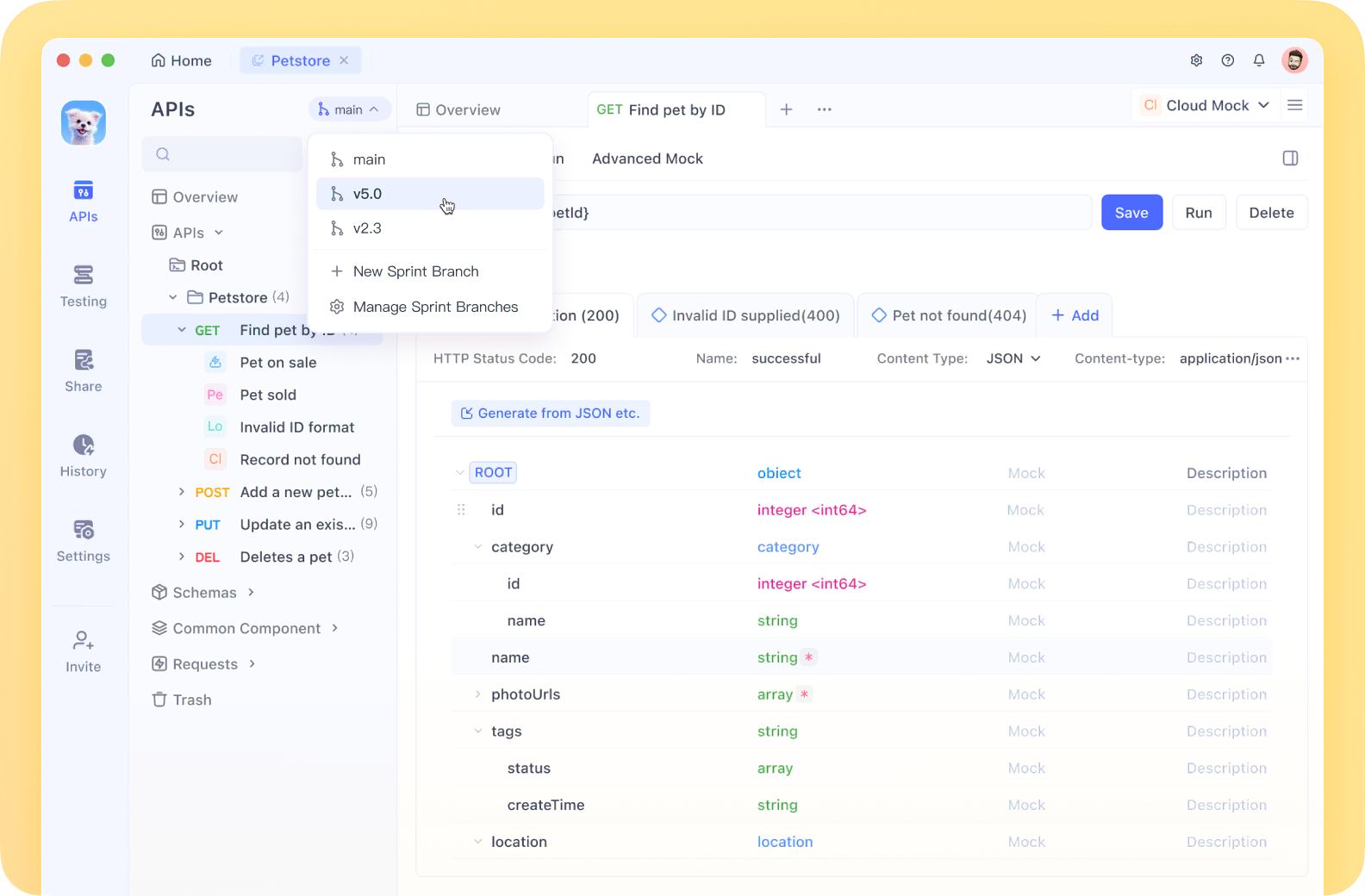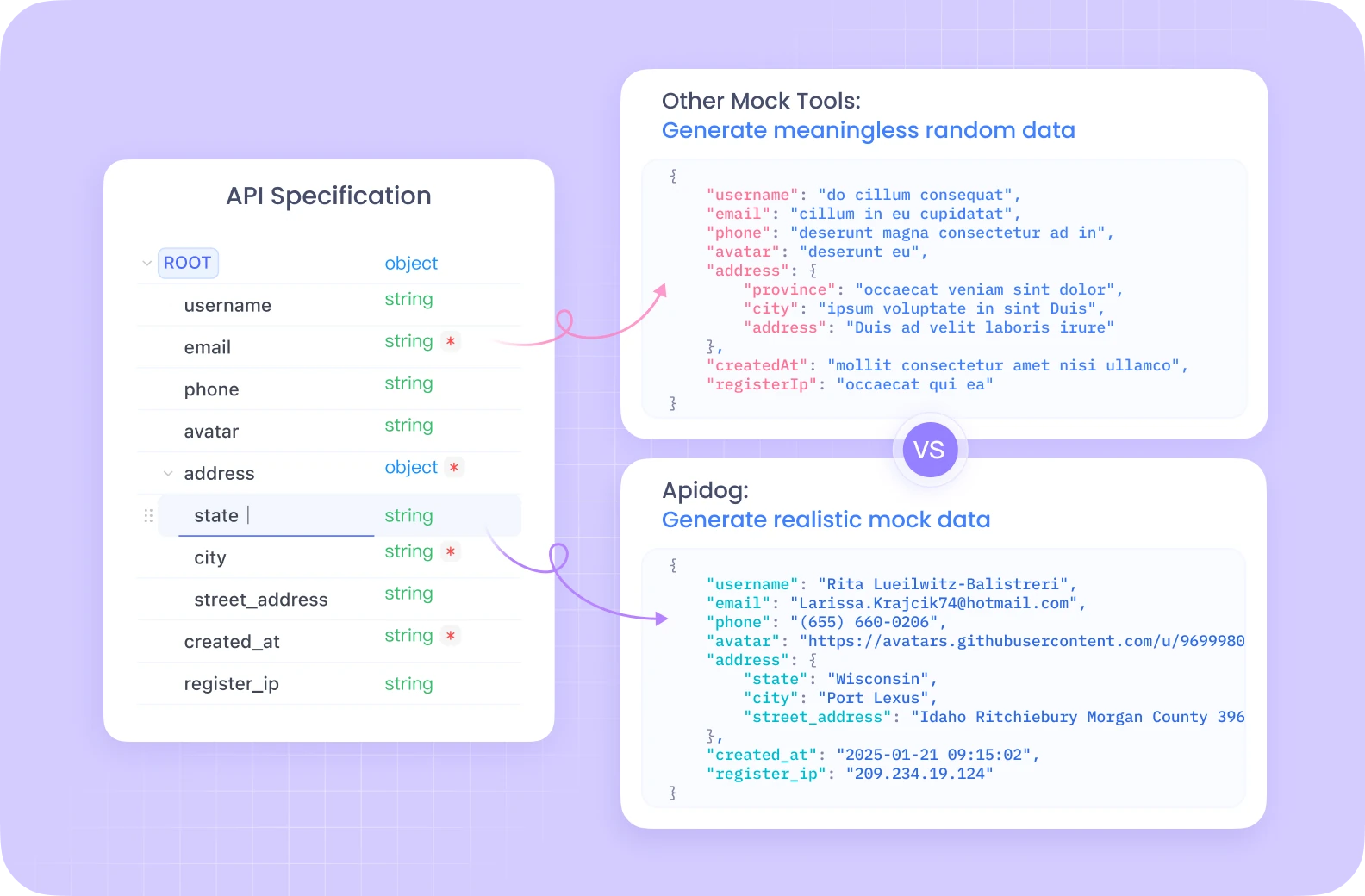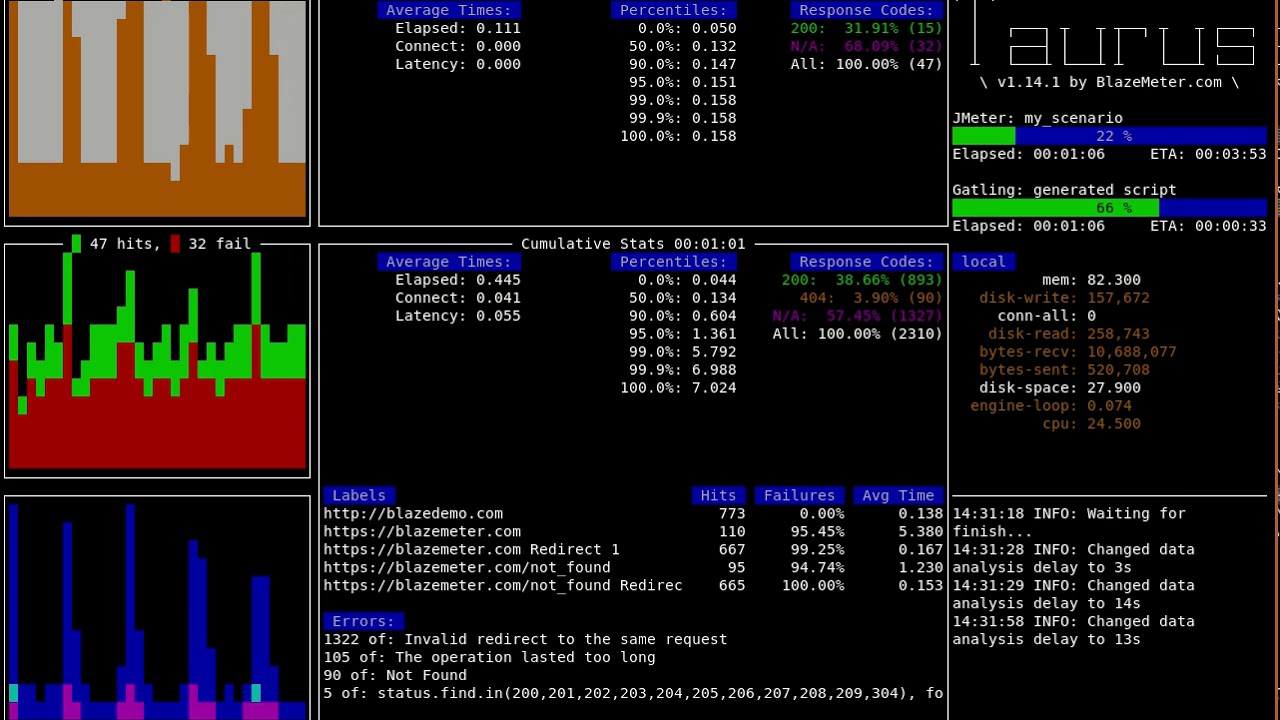The need for high-performance, scalable applications has never been more critical. Businesses must ensure their systems can withstand surging traffic and unpredictable demand, failure to do so can mean lost revenue, frustrated users, and reputational damage. Fortunately, load testing tools have evolved dramatically, providing enterprise-grade capabilities without the hefty price tag. In this guide, we’ll dive into 18 of the best open-source load testing tools available in 2025, exploring their features, ideal use cases, and key advantages to help you make the right choice.
What is Load Testing?
Load testing is the process of simulating real-world user traffic and system interactions to evaluate how an application performs under expected and peak conditions. Unlike functional testing, which verifies that features work correctly, load testing focuses on performance metrics such as response time, throughput, resource utilization, and system stability when multiple users access the application simultaneously.
Effective load testing helps organizations:
- Identify performance bottlenecks before they impact users
- Determine system breaking points and capacity limits
- Validate infrastructure scaling strategies
- Ensure consistent performance across varying traffic patterns
- Establish performance baselines for continuous monitoring
Modern load testing approaches typically fall into several categories: stress testing (pushing beyond normal capacity), spike testing (sudden traffic increases), endurance testing (sustained load over time), and volume testing (large data processing). Each provides unique insights into different aspects of application performance.
As APIs have become the backbone of modern software architecture, specialized tools like Apidog have emerged to address the unique challenges of API performance testing. While traditional load testing focused primarily on web interfaces, today's microservices-based applications require tools that can simulate complex API call patterns, validate responses under load, and integrate seamlessly with development workflows. This evolution has made platforms like Apidog particularly valuable, as they combine comprehensive API testing capabilities with performance analysis in a single collaborative environment.
Let's explore the leading open-source tools available for load testing in 2025. But before we get started, Let's talk about Apidog, an awesome All-in-One Collaborative Tool as the best Postman Alternative:
Apidog - All-in-One Collaborative API Testing and Performance.

Apidog is a versatile API development and testing platform that streamlines the process of building, testing, and monitoring APIs. While it is primarily focused on API design and testing, it offers performance testing capabilities that allow you to simulate API traffic and measure performance under load. Apidog’s intuitive interface makes it easy for developers to run automated tests, analyze responses, and ensure that APIs can handle heavy traffic volumes.

Key Features:
- API Testing and Monitoring: Quickly test APIs for performance and response time.
- Load Simulation: Simulate real-world traffic to assess how APIs perform under different load conditions.
- User-Friendly Interface: Easy-to-use graphical interface for building and running tests without steep learning curves.
- Free : Access core testing capabilities without spending any money.
- Automated Testing – Enables scheduled and CI/CD-integrated tests to maintain API stability throughout development.
- Mock API Testing – Allows testing API behavior before the backend is fully developed, speeding up development and debugging.

Best For: Developers looking for a simple, open-source tool for API performance testing and automation, particularly those who also need to design and document APIs within the same platform.
Now, Let's continue talking a bout other load testing tools.
2. k6 by Grafana Labs

Though acquired by Grafana Labs, k6's core remains open source and has become the developer's performance testing tool of choice due to its code-centric approach.
Key Features:
- JavaScript ES6 scripting for test creation
- Low resource footprint for local execution
- Extensible with custom metrics and protocols
- Seamless CI/CD integration
- HTTP/2, WebSocket, and gRPC support
- Sophisticated load patterns and scenarios
- Prometheus and InfluxDB metrics output
Best For: Development teams with JavaScript expertise who want to integrate performance testing into their development workflow.
3. Gatling - Load testing designed for DevOps

Gatling offers a programmer-friendly approach to load testing with its Scala-based DSL and emphasis on code maintainability.
Key Features:
- Expressive Scala-based scenario building
- Asynchronous concurrency model for efficiency
- Detailed HTML reports with actionable insights
- HTTP recorder for easier script creation
- Feeders for data-driven testing
- Checks and assertions for validation
- Maven and sbt integration
Best For: Teams with programming experience who prefer maintaining tests as code and need detailed performance analytics.
4. Locust - An open source load testing tool

Locust has gained significant traction for its Python-based approach that makes complex load testing scenarios accessible to Python developers.
Key Features:
- Pure Python scripting for test scenarios
- Distributed architecture for massive scale
- Real-time web UI for monitoring tests
- Customizable user behavior modeling
- Extensible through event hooks
- Parameterized testing support
- Docker-ready deployment

Best For: Python-oriented teams needing flexibility in defining complex user behaviors and patterns.
5. Artillery

Artillery emphasizes simplicity and developer experience with YAML-based test definitions and powerful scenario orchestration.
Key Features:
- YAML configuration for quick test creation
- Multiple protocol support (HTTP, WebSocket, Socket.io)
- Integration with AWS Lambda for serverless load generation
- Customizable plugins and extensions
- Performance metrics collection
- CI/CD pipeline integration
- Scenario chaining and flow control
Best For: Teams looking for a balance between simplicity and power, especially those testing microservices architectures.
6. Tsung - Open-source multi-protocol distributed load testing tool

Originally built for testing XMPP systems, Tsung has evolved into a powerful multi-protocol distributed load testing tool with minimal resource requirements.
Key Features:
- Support for HTTP, WebDAV, SOAP, PostgreSQL, MySQL, LDAP
- Distributed testing across multiple machines
- Dynamic scenarios with complex user behavior
- Erlang-powered high concurrency
- Real-time statistics and reporting
- XML-based configuration
- Automatic log analysis tools
Best For: Testing highly concurrent systems where resource efficiency is critical.
7. The Grinder - Load testing framework

The Grinder provides a Java-based framework for load testing with strong emphasis on extensibility and custom instrumentation.
Key Features:
- Jython scripting for test scenarios
- Distributed agent architecture
- Fine-grained console control
- HTTP(S) proxy recording
- Extensive Java API for customization
- Flexible reporting options
- Support for plugins
Best For: Java-centric teams needing deep customization capabilities, especially for testing Java applications.
8. Vegeta - HTTP load testing tool and library

Vegeta takes a command-line first approach to HTTP load testing with an emphasis on constant-rate load testing rather than concurrent users.
Key Features:
- Precise rate targeting (requests per second)
- HTTP attack planning and execution
- Histogram-based results reporting
- Multiple output formats (text, JSON, Prometheus)
- Library support for integration into Go programs
- Minimal resource footprint
- Repeatable test execution
Best For: Teams testing HTTP APIs who need precise control over request rates and prefer command-line tools.
9. Siege

A veteran HTTP load tester, Siege simulates concurrent users with a straightforward approach to benchmarking web applications.
Key Features:
- Configurable concurrency levels
- Support for HTTP/HTTPS
- Basic authentication support
- Internet simulation mode
- CSV and JSON reporting
- URL file input for complex testing
- Detailed statistics on transaction rates
Best For: Quick HTTP benchmarking needs with minimal setup requirements.
10. Apache Bench (ab)

The simplest but highly effective tool for quick HTTP benchmarking, Apache Bench comes bundled with Apache HTTP Server.
Key Features:
- Single-URL load testing
- Concurrency and request count configuration
- Basic authentication support
- Performance statistics reporting
- Minimal resource requirements
- Support for HTTP POST data
- TLS/SSL support
Best For: Quick spot-checking of HTTP endpoint performance and capacity.
11. Wrk - Modern HTTP benchmarking tool

Wrk delivers HTTP benchmarking with a minimal footprint and the ability to extend tests with Lua scripts.
Key Features:
- Multi-threaded design for high load generation
- Lua script support for request generation
- Low resource utilization
- Latency statistics reporting
- Custom HTTP header support
- Connection keep-alive
- Timed test duration options
Best For: Developers needing high-throughput HTTP testing with customizable request generation.
12. Bees with Machine Guns

This uniquely named tool focuses on distributing load tests across multiple cloud instances, particularly on AWS.
Key Features:
- Dynamic EC2 instance provisioning
- Distributed attack coordination
- Simple command-line interface
- Automatic instance cleanup
- Configurable attack parameters
- Results aggregation
- Cost-efficient testing
Best For: Cloud-native teams needing to generate massive distributed load from AWS infrastructure.
13. Taurus

Taurus serves as a test automation framework that simplifies JMeter, Gatling, and other tools through unified YAML configurations.
Key Features:
- Unified configuration for multiple testing tools
- Real-time web dashboard for results
- Integration with CI/CD systems
- Test scenario sharing and reuse
- Pass/fail criteria automation
- Cloud service integration
- Extensible architecture

Best For: Teams using multiple testing tools who need standardization and simplified configuration.
14. Drill - HTTP load testing application written in Rust

Drill focuses on HTTP microservices testing with a Rust-based high-performance engine and simple YAML test definitions.
Key Features:
- High performance Rust implementation
- YAML-based benchmarking scenarios
- Dynamic request interpolation
- CSV/JSON data feeding
- Detailed metrics and reporting
- Low resource footprint
- Concurrent user simulation
Best For: Testing microservices with emphasis on high performance and minimal resource usage.
15. Hyperfoil
Hyperfoil represents the next generation of open source load testing with its cloud-native architecture and benchmark-as-code approach.
Key Features:
- Distributed agent architecture
- YAML-based scenario definition
- Minimal resource footprint
- Precise timing control
- Kubernetes integration
- Templates for reusable test components
- Hooks for custom metrics collection
Best For: Cloud-native applications requiring precise control over timing and resource utilization.
16. Molotov
Molotov provides a Python asyncio-based framework for writing load tests as coroutines, enabling efficient high-concurrency testing.
Key Features:
- Python asyncio framework
- Scenario-based testing
- Console-based real-time feedback
- Integration with CI systems
- Support for WebSockets
- Customizable sessions and workers
- Statistical reporting
Best For: Python developers comfortable with asyncio who need to test asynchronous services.
17. NBomber

NBomber delivers a modern .NET approach to load testing with its fluent C# API and strong focus on developer experience.
Key Features:
- .NET Core support
- Fluent C# API for test scenarios
- Custom protocol support
- Detailed reporting and metrics
- Data feeding capabilities
- Horizontally scalable architecture
- Real-time metrics visualization
Best For: .NET development teams who want to stay within their ecosystem for performance testing.
18. OctoPerf

While offering a commercial version, OctoPerf's open source components provide powerful JMeter integration and enhanced reporting.
Key Features:
- JMeter compatibility and enhancements
- Virtual user behavior modeling
- Monitoring integration
- Advanced reporting capabilities
- Test design wizards
- Collaborative features
- Cloud resource integration
Best For: Teams already using JMeter who need enhanced reporting and collaboration features.
Conclusion
As we move toward 2025, open source load testing tools continue to mature, offering capabilities that rival or exceed commercial alternatives. The right tool for your team depends on several factors: preferred programming language, testing requirements, integration needs, and team expertise.
For developer-centric teams, code-based tools like k6, Gatling, or Locust may be ideal. For those needing comprehensive protocol support and extensive plugins, Apache JMeter remains hard to beat. Teams seeking simplicity might prefer Artillery or Siege, while those requiring massive distributed load might turn to Hyperfoil or Bees with Machine Guns.
Whatever your performance testing needs, these 18 open source tools represent the best options available in 2025, enabling you to ensure your applications can handle whatever load the future brings—all without the licensing costs associated with proprietary alternatives.



